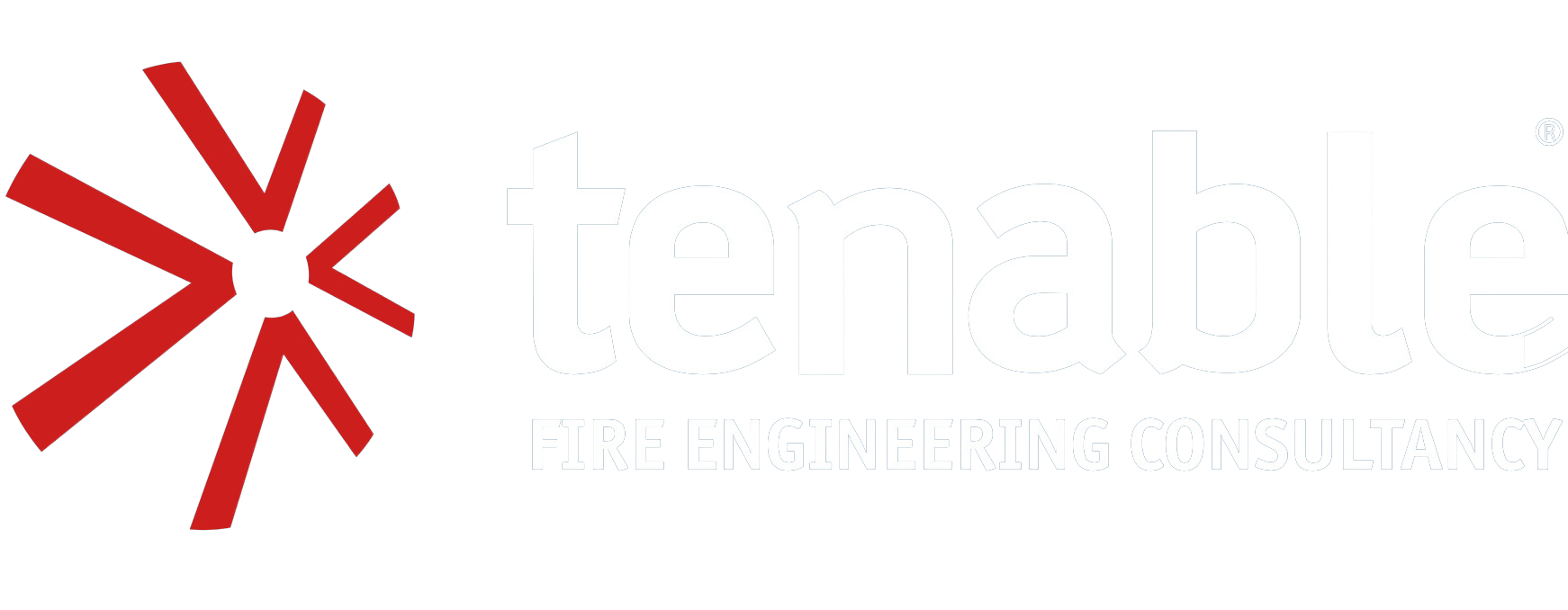
Designing Hospitals the Fire Life Safety Way!

These define essential requirements addressing fire suppression systems, fire detection and alarm systems, smoke compartmentation, medical gas storage, emergency management and staff response plans.
Oxygen Storage & Fire Risk
With these additional requirements comes the additional risk of safe storage and management. By itself, oxygen is harmless, however, should a fire occur, the presence of oxygen as an oxidising agent will significantly enhance the growth and spread of fire. Post-pandemic hospitals have seen an increased demand for oxygen storage, both in cylinders and bulk systems. While oxygen itself is non-flammable, it acts as a potent oxidising agent, significantly accelerating fire growth if an ignition source is present. This highlights the need for strict storage and handling protocols to mitigate fire risks.
Evacuation Challenges & Defend-in-Place Strategy
Another major challenge is hospital evacuation and defend-in-place is typically the first response strategy in hospitals. With safely designed smoke compartments that act as horizontal exits, minimal movement to a place of safety involves proper staff training and comprehensive emergency response planning.
Continuous Risk Assessment
As hospital operations begin to grow and additional hazards arise, continual assessment of the hazards within and around the hospital should be evaluated, and risk mitigation plans considered and implemented. The response plan will always remain as a working document which continues to evolve as technology, staff, equipment, and systems change. The emergency response plans must also reflect changes in technology, staffing, equipment and safety systems.
By integrating proactive fire life safety measures, hospitals can safeguard patients, staff and critical infrastructure against fire emergencies.

Roy Fernandes, Projects Director, Tenable FEC

